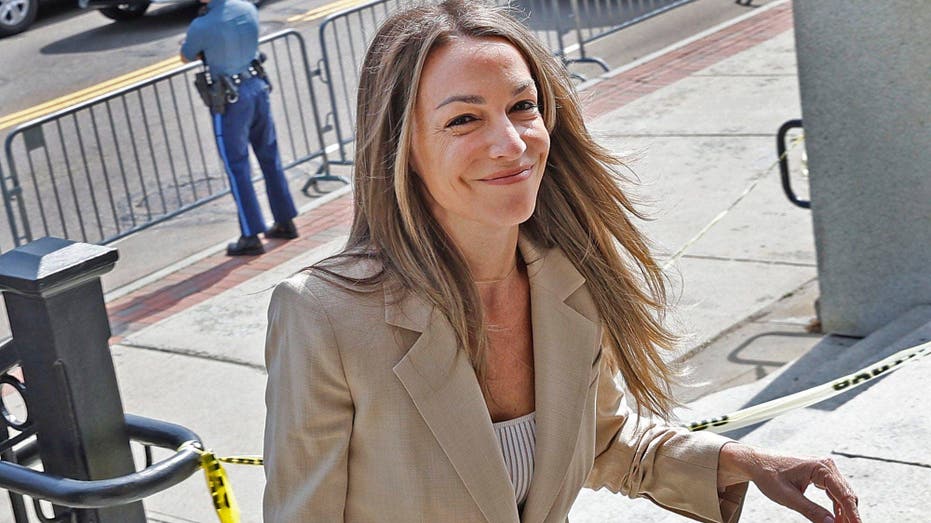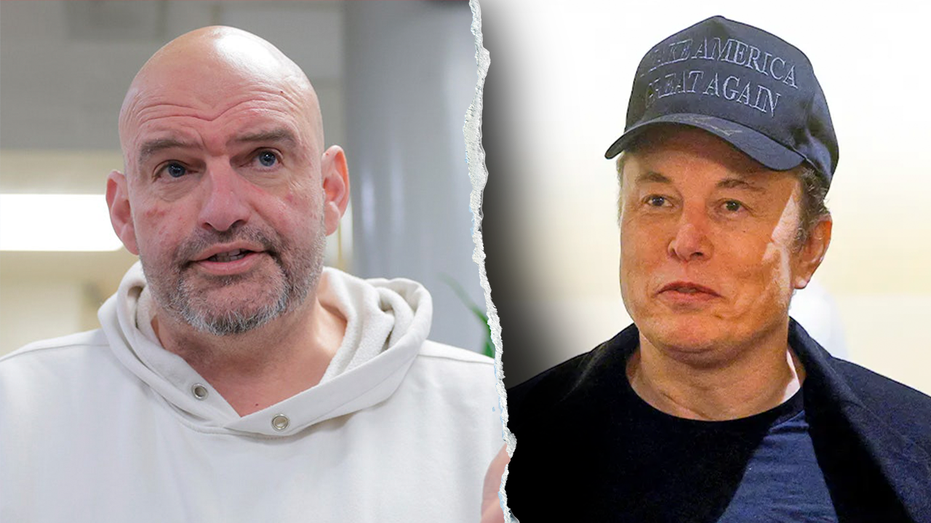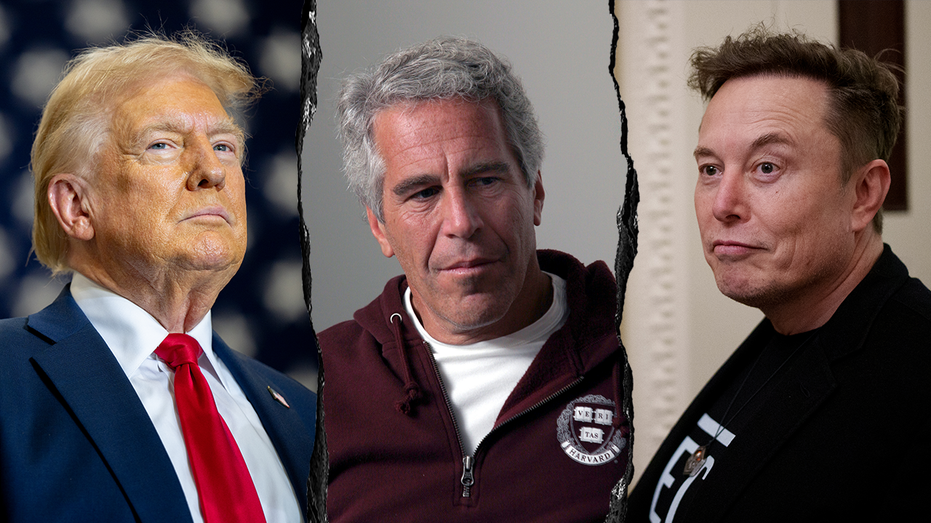Karen Read’s Silence in Murder Trial Raises High Stakes for Defense
Legal experts suggest that excluding Karen Read from testifying may influence jury sentiment, especially as prosecutorial interview clips play a pivotal role.

The decision by Karen Read’s defense team to keep her from taking the witness stand in her high-profile murder trial represents a critical juncture that could ultimately sway the outcome of the case. Read, who faces a potential life sentence if convicted, stands accused of striking and fatally injuring her boyfriend, Boston police officer John O’Keefe, with her SUV following a heated argument. Prosecutors allege she left O’Keefe to succumb to the elements outside a friend’s home in the early hours of January 29, 2022. Her defense maintains that no such collision ever occurred, setting up a case defined by sharply conflicting narratives.
By choosing not to have Read testify, her attorneys are deploying a legal strategy that seeks to limit exposure to potentially damaging cross-examination by the prosecution. Jury instructions submitted Tuesday make it clear: Read's decision not to take the stand cannot be considered evidence of guilt. The instructions emphasize that she has an absolute right not to testify, underscoring the presumption of innocence afforded to every defendant. Nevertheless, legal experts caution that this approach is not always best, especially when the prosecution has already introduced video interviews featuring incriminating or ambiguous statements from the accused.
Throughout the trial, special prosecutor Hank Brennan has played a series of video clips from interviews Read gave to true-crime broadcasters, exposing the jury to her version of events while also highlighting statements that may cast her in a negative light. In one particularly scrutinized clip, Read wrestles with what exactly she said to investigators about whether she hit O’Keefe, appearing confused and potentially self-incriminating. In another, she candidly discusses drinking habits on the night in question—details that the prosecution could leverage to strengthen their narrative.
Some criminal defense attorneys believe that keeping Read off the stand may be wise, as it shields her from the rigors of cross-examination that could last days and force her to defend not only her actions but also her character and demeanor in the aftermath of O’Keefe’s death. “The reason they're hiding her is because they don't want to have her explain all these videos of her not acting in a good way,” one attorney observed, referencing the difficulty of explaining away public perceptions formed by televised interviews.
However, the strategy does carry risks. By abstaining from clarifying her statements or providing her own narrative directly to the jury, Read forfeits the opportunity to personally counter the prosecution’s most damaging evidence. “There are two sides of every coin—you could put her on and try to have her explain it, or you can avoid it altogether,” another legal expert noted. The concern remains that the jury may view her silence as evasiveness, despite clear instructions from the judge forbidding them from doing so.
This conundrum is further complicated by the fact that the first jury in Read’s previous trial nearly returned a conviction for manslaughter without having seen these video statements. With the current jury now exposed to hours of Read’s own words—edited and selected by the prosecution—the defense faces even steeper odds unless they can contextualize or neutralize the impact of those recordings through other means.
As the trial draws nearer to a conclusion and the defense prepares to rest its case, the absence of Read’s testimony looms large. Only the final verdict will reveal whether this legal calculation—preserving Read from cross-examination but preventing her from speaking directly to jurors—helps or hinders her bid for acquittal in a case that has gripped both the legal community and the public alike.




